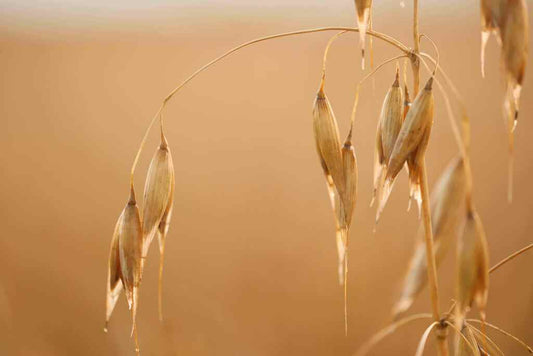The Problem: Recycling isn’t Enough
Plastic is so commonplace now that most of us can’t imagine life without it. While people can and do live with very little plastic in their lives, it’s not easy. Plastic and convenience go hand-in-hand, and many of us find ourselves trapped by that equation. If the yogurt only comes in plastic tubs, then that’s how we have to buy it. Even so, a quarter of all consumers think plastic packaging is a problem and around 20 per cent think companies should do more to find alternatives. While consumers are part of the problem, it’s not useful or accurate to blame ourselves for all of it. Despite decades of campaigns touting the importance of recycling and local governments managing – and paying for – most recycling programs, it’s not working. Recycling seems to enable our addiction to plastic, not control it. Despite knowing that each yogurt tub will still be around 400 years (or more) after we’re gone, companies keep making them and consumers keep buying them. Plastic now makes up one-third of our solid municipal waste, and only around 9 per cent of that makes it into the recycling bin. Experts estimate that since single-use plastics were invented six decades ago, 6.3 billion metric tons of them are now in the garbage. That includes plastic in landfills, drifting around the environment as litter, and floating in our oceans.How to Fix It: Plastic Alternatives
Companies create single-use packaging and sell it to us. Consumers are left with the problem (and the guilt) of what to do with it. What if it was the other way around? Some companies see an opportunity to address consumer concerns about plastic by innovating their way around a need for it. Plastic alternatives are popping up all over the place. How are they doing it?Grow It
Many plastic alternatives are plant-based and can be made from things like potatoes to corn starch. Not only are their raw materials entirely renewable, but the plastic-like products biodegrade, just like plants. Cellophane – a clear, slightly brittle film – comes from trees and its technology predates plastic. Companies are moving back to the original version of cellophane, which takes three to six months to biodegrade. Whereas modern cellophanes are often coated in plastic. Packaging companies are exploring biodegradable cellophane alternatives to plastic grocery bags, food storage bags, and more. PLA (polylactic acid) is a plastic-like substance made from corn or sugar cane and is the choice for things like biodegradable straws and cold beverage cups. Unlike regular plastic that takes centuries to decompose, PLA is gone in five years. However PLA requires some unsavory chemicals to produce, making it only slightly better than fossil-fuel-derived plastics. Some companies are exploring mycelium (the underground portion of a mushroom) as an alternative to plastic foams, molded shapes, and packaging materials. Although it biodegrades, paper is not the straightforward choice it seems to be. Paper production is a notorious air and water polluter, and paper packaging relies on plastic coatings to keep food fresh. Paper’s future is hopeful, though: the industry is working on ways to improve paper sustainability and packaging companies are exploring plant-based coatings that don’t require plastic to seal in freshness.Eat It
Other plastic alternatives go beyond biodegradability – they’re edible, too. Seaweed and algae show promise as a packaging material for fresh foods and beverages. One company is developing “water bottles” you can eat, as well as using seaweed for sauce sachets. Casein is a protein found in milk and was used in the early twentieth century to make things like buttons, combs, and pens. It can be processed into a packaging film. Aside from its sustainable benefits, American Chemical Society reports that casein is up to 500 times better at keeping oxygen out of the packaging, meaning it does a better job at keeping food from spoiling.Leave It
Laser technology allows growers to print labels directly on the skin of fruits and vegetables, eliminating the need for plastic packaging or stickers. The energy needed for this uses less than one per cent of what it takes to make a sticker. Some grocery stores are dedicated to breaking the plastic habit by selling bulk products and reusable containers. Zero-waste or plastic-free groceries have popped up world-wide, including Amsterdam's supermarket that has a section where everything from sauces, cereals, snacks to yogurt are sold without conventional packaging. On this side of the world, a grocery store on Salt Spring Island in B.C. encourages customers to bring their own containers for each purchase.Would you like to be the first to hear about our new products and more? Sign up for our Nature’s Path Newsletter.








